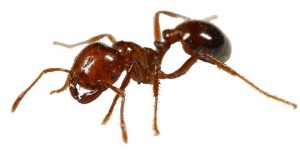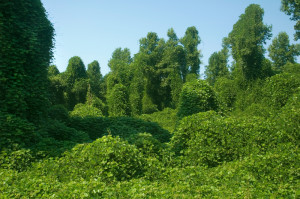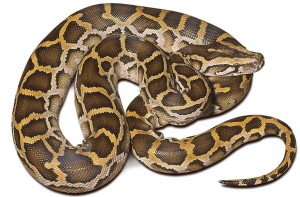Invasive Species: What are they? Where do they come from? What is the big deal? Invasive species are animals, plants or other organisms that are introduced to an environment they are not native to. These “aliens” to the new environment are usually very destructive to the area as the natives are not evolved to combat the new species. Humans are the largest contributing factor to the spread of new invasive species, as we have been known to bring non-native creatures to new areas. Here are a few examples of invasive species here in the United States and how they have affected their non-native land.
The Fire Ant
One fateful day in the 1930’s a supply ship coming from central South America became the perfect place for a bunch of small stowaways of fire ants. Landing in Mobile, Alabama, these ants have become one of the most notable invasive species in the U.S., causing over 5 billion dollars in damage since their introduction. Spreading throughout the US, the fire ants have become a dominant pest force throughout the area. They build two-foot high mounds near human buildings, and feed on home gardens and crops. When disturbed, the ants have a nasty bite and sting the victim.
The Kudzu Plant
Known as “the vine that ate the south”, the Kudzu is a leafy vine native to Asia. Brought to the United States for an event in 1876, the Kudzu has spread rapidly throughout the southern United States at a rate of 2,500 acres annually and causing 6 million dollars of damage a year. Being native to Asia, it is not kept under control by the natural plants of the southern United States, allowing this invasive plant to spread with ease. The Kudzu kills or damages other plants by covering them under a thick layer of leaves, completely covering tree trunks, snapping branches, or even has the ability to uproot entire trees. Its ability to grow quickly, survive with low levels of nitrogen, and get resources quickly allows it to completely out-compete native species.
The Burmese Python
Located in Florida, the Everglades is the 10th largest national park in the US, with over 2000 square miles of wetland reservations. The Everglades are home to many natural wonders, including alligators, the Florida panther, and many native plants. However, a new animal is increasing its numbers at a rate uncomparable to the others: The Burmese Python. This animal is not natural to the Florida Everglades and, therefore, is able to dominate the area without any natural predators. The pythons have the ability to kill anything it wants, including the alligators and crocodiles. With inability to compete, the native creatures are dying much quicker than they naturally would, endangering creatures such as the stork and the Florida panther. Because of its invasive problems, The Everglades Counsel has recently decided to allow sport hunters to hunt the snake.
How can we help?
The best way to help fight invasive species to prevent them from occurring in the first place. Follow these simple guidelines to protect the native species of an area by not spreading invasive species.
- Before planting a new species in your garden or yard, verify that these plants are not invasive. If already planted, replace invasive species with non-invasive species.
- Don’t ‘pack a pest’ when traveling. Fruits and vegetables, animals, or plants can be carrying pests or can become invasive themselves.
- Clean off your boots before venturing on a hike to a new place.
- Don’t release aquarium fish or plants into the wild.
Share this knowledge with your friends and neighbors to spread the word on invasive species. Together we can help prevent invasive species to continue to expand.



